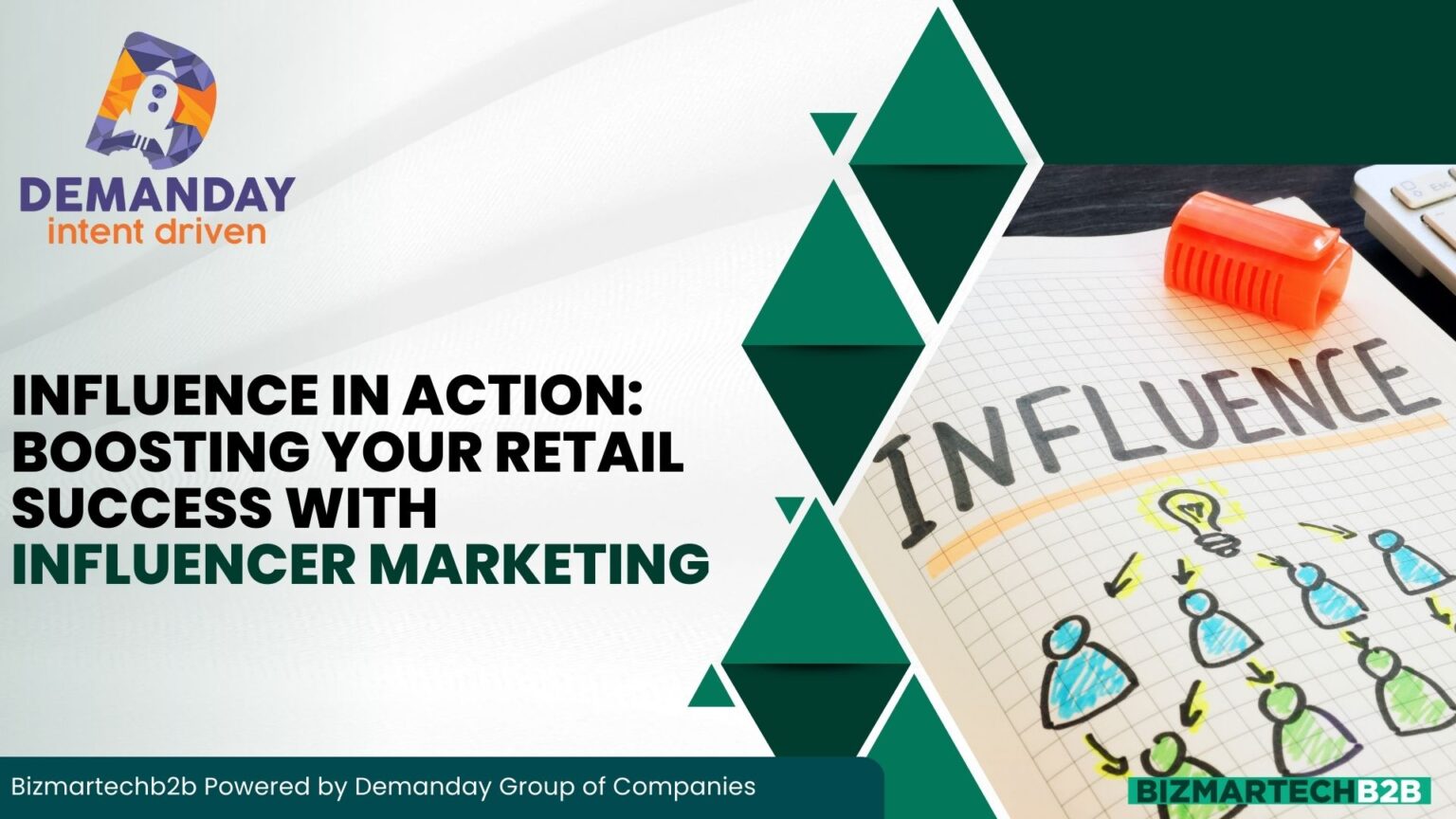In today’s retail landscape, traditional advertising methods are losing their grip, while influencer marketing is rapidly gaining momentum. Whether you’re a small boutique or a large retail chain, leveraging influencers can help you reach your target audience authentically and engagingly. Let’s dive into how you can use influencer marketing to boost your retail brand.
1. Understanding Influencer Marketing: More Than Just Social Media Stars
Influencer marketing goes beyond hiring popular social media personalities to promote your products. It’s about finding individuals who resonate with your target audience and can authentically share your brand story.
Stat Insight: A 2024 study by Influencer Marketing Hub found that 92% of consumers trust influencer recommendations over traditional advertisements, making it a powerful tool for retailers.
Your First Step: Start by identifying influencers whose values align with your brand. Look beyond follower counts—engagement rates and audience demographics are key factors in finding the right match.
2. Micro vs.Macro Influencers: Choosing the Right People to Help Your Brand
There are many different types of influencers: macro-influencers with millions of fans, to micro-influencers with specialized followings.Each type has its advantages, and the right choice depends on your brand’s goals and budget.
Why It Matters: Research from eMarketer in 2023 shows that micro-influencers can generate up to 60% more engagement than macro-influencers, particularly in niche markets.
Your Action Plan: If you’re a smaller brand or targeting a specific audience, consider partnering with micro-influencers. Although they might not have as many followers, their communities are frequently more involved and devoted. For broader campaigns, macro-influencers can provide the reach you need.
3. Crafting Authentic Collaborations: How to Make Your Partnership Stand Out
The key to successful influencer marketing is authenticity. Consumers can easily spot a disingenuous partnership, so it’s important that your collaborations feel natural and genuine.
Did You Know? According to a 2024 survey by Adweek, 78% of consumers are more likely to purchase from a brand that uses authentic influencer content.
Your Collaboration Guide: Work with influencers to create content that feels organic and true to their personal brand. Give them creative freedom to showcase your products in a way that resonates with their audience. The more authentic the collaboration, the more effective it will be.
4. Measuring Impact: How to Track the Success of Your Influencer Campaigns
Tracking the effectiveness of your influencer marketing efforts is crucial to understanding your ROI and optimizing future campaigns. It’s not just about likes and shares—you need to measure tangible business outcomes.
Stat Alert: A 2023 report by Business Insider revealed that 65% of marketers consider conversions and sales to be the most important metrics for influencer marketing success.
Your Measurement Toolkit: Use UTM codes, affiliate links, and promo codes to track the performance of your campaigns. Analyze metrics such as conversion rates, website traffic, and revenue generated from influencer partnerships. To improve your approach, check these metrics regularly.
5. Leveraging User-Generated Content: Amplifying Your Reach
One of the biggest benefits of influencer marketing is the user-generated content (UGC) it can create. When influencers share your products with their followers, it often encourages others to do the same, amplifying your brand’s reach.
Power of UGC: A 2024 study by Stackla found that 79% of people say user-generated content highly impacts their purchasing decisions, making it a valuable asset in your marketing toolkit.
Your UGC Strategy: Encourage influencers to prompt their followers to share their experiences with your products. Report this content on your brand’s social media channels and website to build a sense of community and trust.
6. Navigating Challenges: Common Pitfalls and How to Avoid Them
Influencer marketing has its share of difficulties even though it can be very successful. From choosing the wrong influencers to facing authenticity issues, there are several pitfalls to watch out for.
Stat Check: According to a 2023 survey by Influencer Marketing Hub, 39% of marketers have experienced difficulties in measuring ROI, and 28% have faced challenges with fake followers.
Your Defensive Playbook: Vet influencers thoroughly before partnering with them. Check for engagement authenticity, audience relevance, and past collaboration success. Be transparent about your expectations and maintain open communication throughout the campaign to avoid any misalignment.
7. Scaling Your Efforts: Expanding Your Influencer Marketing Strategy
Your plan for influencer marketing can expand along with your brand. Scaling your efforts allows you to reach new audiences and explore different types of content and platforms.
Growth Insight: A 2024 report by Deloitte found that brands that scaled their influencer marketing efforts saw a 25% increase in brand awareness and a 20% boost in sales within six months.
Your Growth Plan: Consider expanding your influencer partnerships to include different platforms like TikTok, YouTube, or podcasts. Experiment with new content formats, such as long-form videos or collaborative live streams, to keep your audience engaged and attract new customers.
Your Path to Influencer Marketing Success
Influencer marketing is more than a trend—it’s a powerful strategy that can elevate your retail brand and connect you with your target audience on a deeper level. By focusing on authenticity, choosing the right influencers, and measuring your impact, you can create campaigns that not only boost your sales but also build lasting relationships with your customers.
Start small, learn from your experiences, and don’t be afraid to scale your efforts as you see success. The world of influencer marketing is vast and full of potential—it’s time for you to explore it and unleash its power for your brand.

